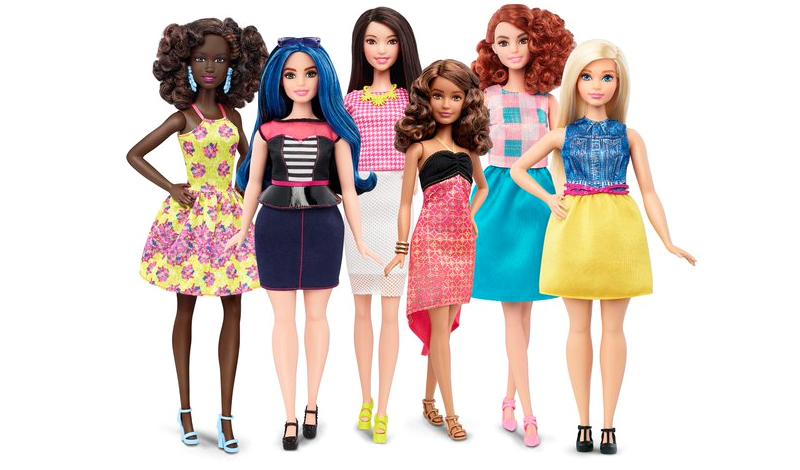There’s been a lot of gossip about Barbie this week. Her latest antics are trending on Twitter. Bloggers and news outlets are profiling her. She even landed herself on the cover of Time magazine.
Why? (Though likely you’ve already heard…)
Because the 55-year old doll is getting a dramatic makeover by Mattel – one that comes with three new body shapes as well as various skin tones, hair colors, and make-up. The announcement comes after two years of top-secret development by the company to design a Barbie that was a greater”reflection of the times” – as Kim Culmone, VP Design, is quoted in the aforementioned Time cover story.
Cultural literacy has long been important for brands, but in today’s always-on and hyper-connected world, staying in step with culture is even more an imperative. Along every moment of the path to purchase, shopper marketers must employ cultural insights to help their brands maximize relevancy within an overwhelmingly cluttered market place.
For theBarbie brand, reclaiming relevancy in consumer’s hearts and homes has been an ongoing effort.The once leading toy-maker has been viewed by many as “out-of-touch,” which has led to declining sales and market position over the past few years. Despite the brand’s notable efforts to change the conversation with a more empowering message, the campaign was (quite literally) skin deep. The original product with it’s renowned body subtly reinforced: yes, #YouCanBeAnything, as long as you have a killer physique.
It was time for Mattel to go beyond talking about change and make a change. With the launch of these new designs, Mattel makes a bold, innovative, and certainly risky move in the attempt to reestablish the role of Barbie in modern culture.
On one hand, the new Barbie line-up is being met with admiration and support. Much of the social commentary applauds the brand for embracing diversity, individuality, and a new definition of beauty. However, the response is not all positive. Some challenge that these figures – namely the curvy body type – still fall short of accurate portrayal. Others feel that after 50 years reinforcing an infamously unrealistic body image this move is too little, too late.
Clearly consumer sentiment is a risk, but the larger risk is how these new designs will perform at shelf. Will this move to regain relevancy even matter to shoppers at the moment of purchase? Or will they lend their social support to the brand as they keep purchasing competitive products?
While we must wait until the dust settles to witness the full impact on sales, it’s worth commending Mattel, a prominent legacy brand, for taking on the risk of adjusting to the times versus clinging to tradition.
